Today, with frequent natural disasters, portable meteorological parameter detectors are becoming indispensable equipment for emergency rescue teams. This precision instrument that can fit into an emergency backpack is like a meteorological expert on board, providing crucial environmental data for rescue decisions in the first instance after a disaster, significantly enhancing the timeliness and scientific nature of disaster response.
The outstanding advantage of the WX-BQX5 portable meteorological parameter detector lies in its rapid deployment capability. When a disaster causes damage to a fixed meteorological station, rescue personnel can set up this device in just a few minutes and immediately start collecting basic meteorological data such as temperature, humidity and wind speed at the scene. This mobility breaks the traditional meteorological monitoring's reliance on fixed facilities, enabling disaster-stricken areas to obtain accurate meteorological information even in special circumstances where communication is disrupted and infrastructure is paralyzed, thus buying precious time for life rescue.
In various disaster scenarios, instruments have demonstrated unique value. After an earthquake, continuous pressure monitoring can provide early warnings of possible secondary weather disasters. Real-time wind speed data can guide the takeoff and landing of helicopters during landslide rescue operations. In flood disasters, the trend of temperature and humidity changes is helpful for predicting the risk of diseases. These seemingly ordinary meteorological parameters often become the key basis for formulating rescue plans on the decision-making table of emergency commanders.
Intelligent design makes the equipment more adaptable to harsh environments. The earthquake-resistant and waterproof structure ensures its reliable operation at disaster sites, and the intuitive interface design enables non-professionals to quickly master the operation essentials. Data can be transmitted in various ways. It not only supports direct on-site reading but also can be sent back to the command center through the emergency communication network, forming a complete disaster meteorological monitoring network.
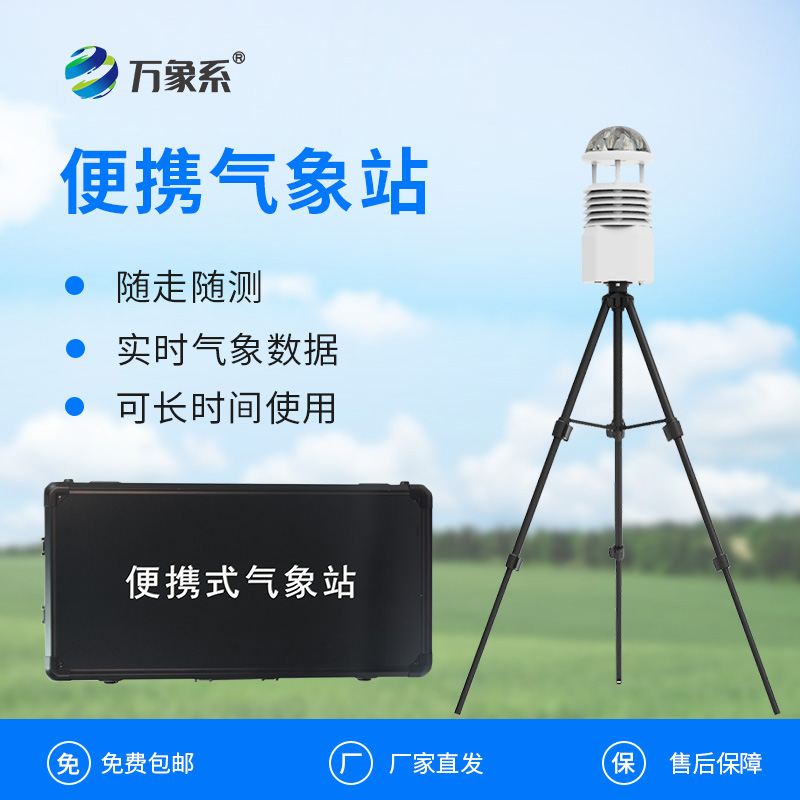
Article address:
http://www.qxhjjc.com/en/article/1750.html

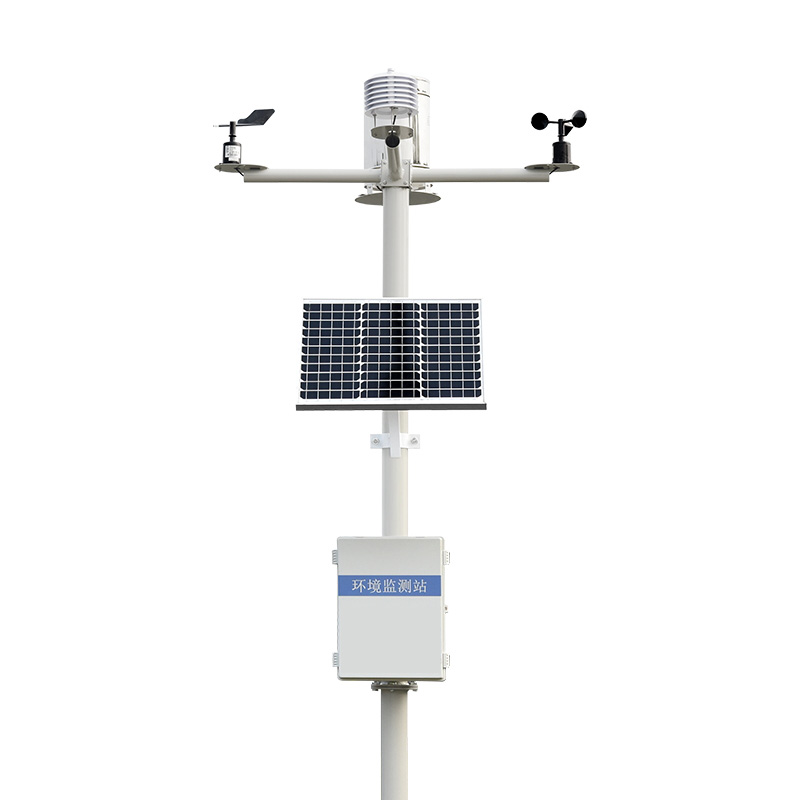
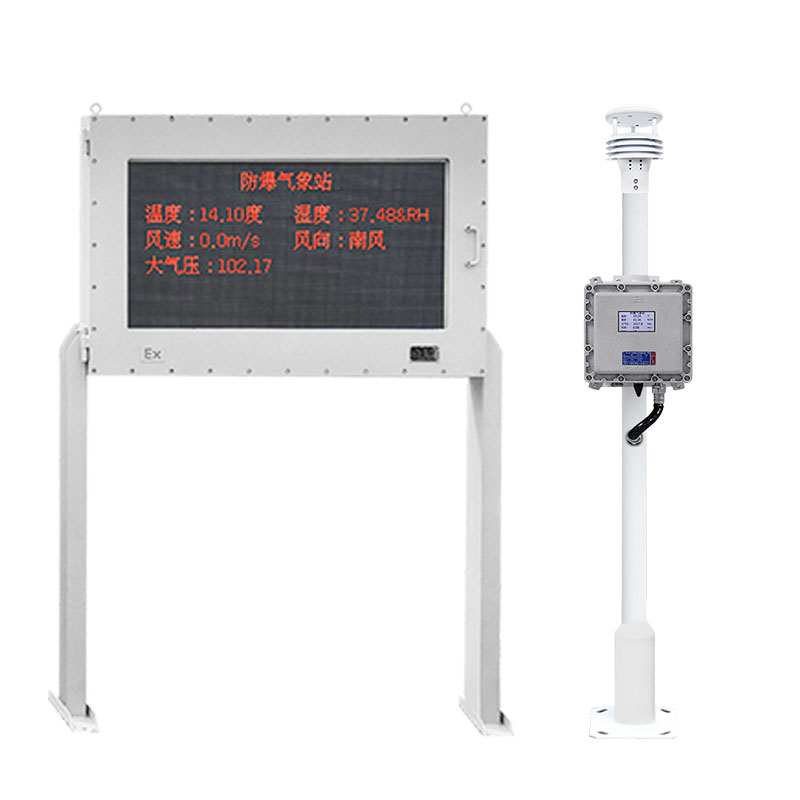
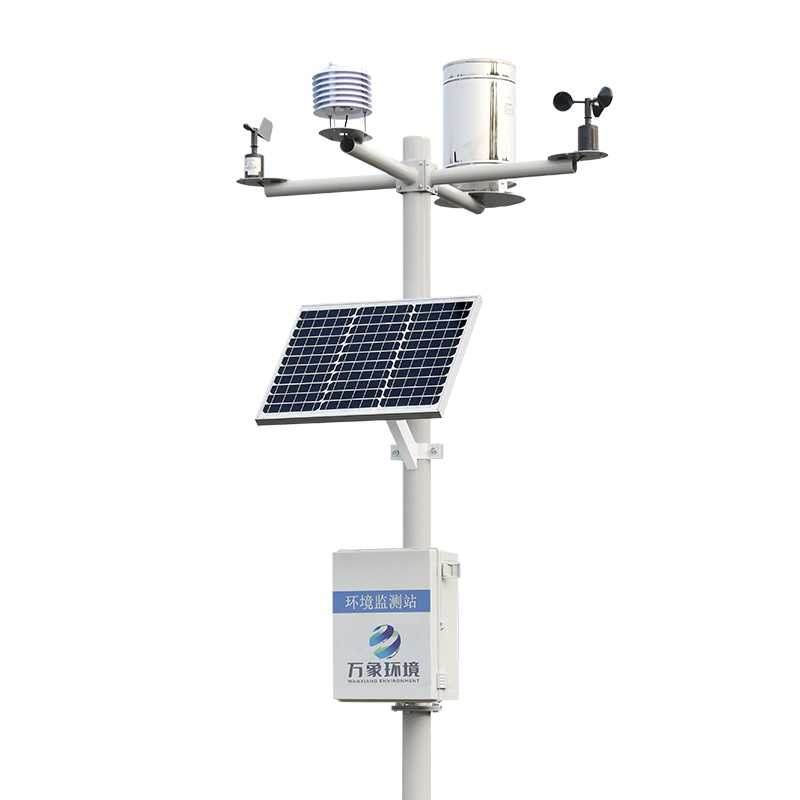
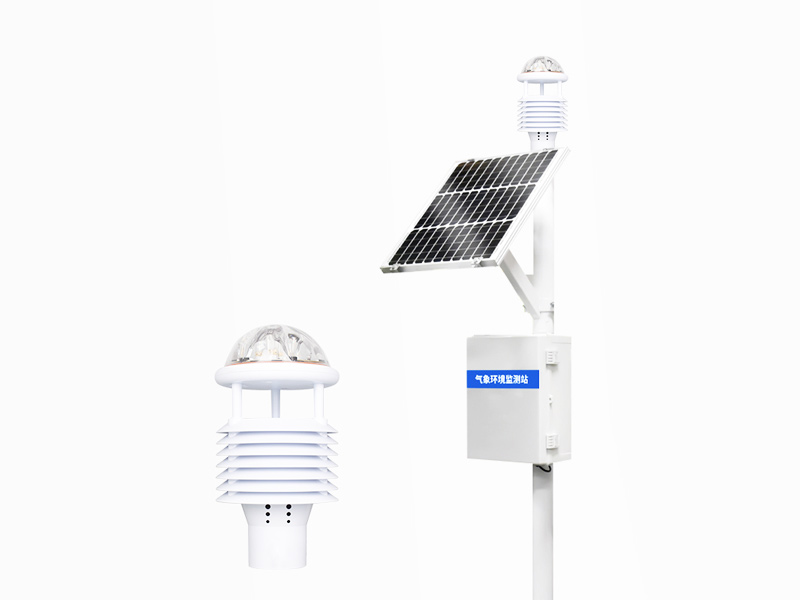
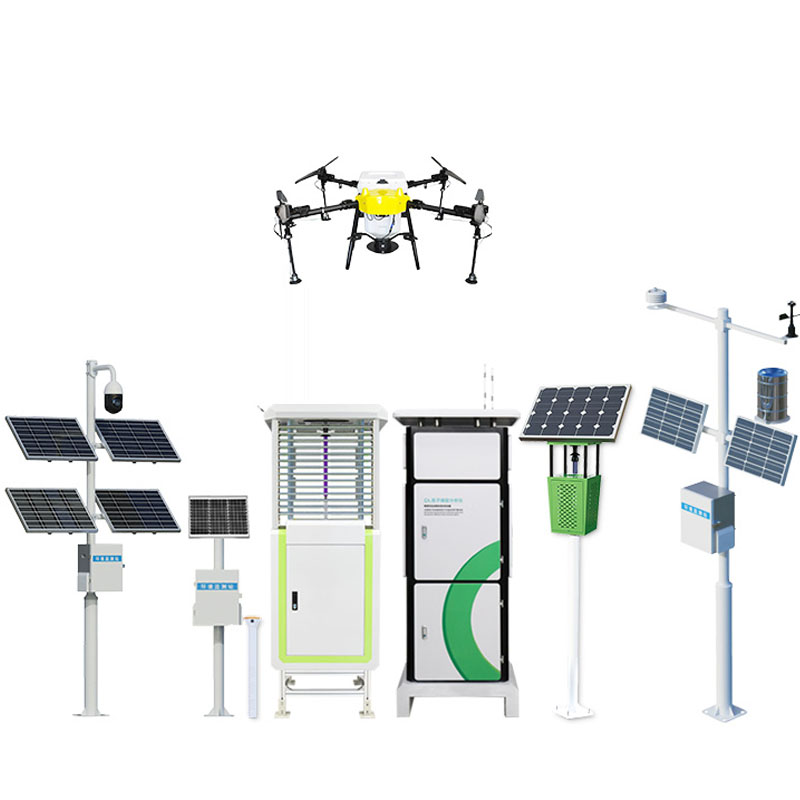






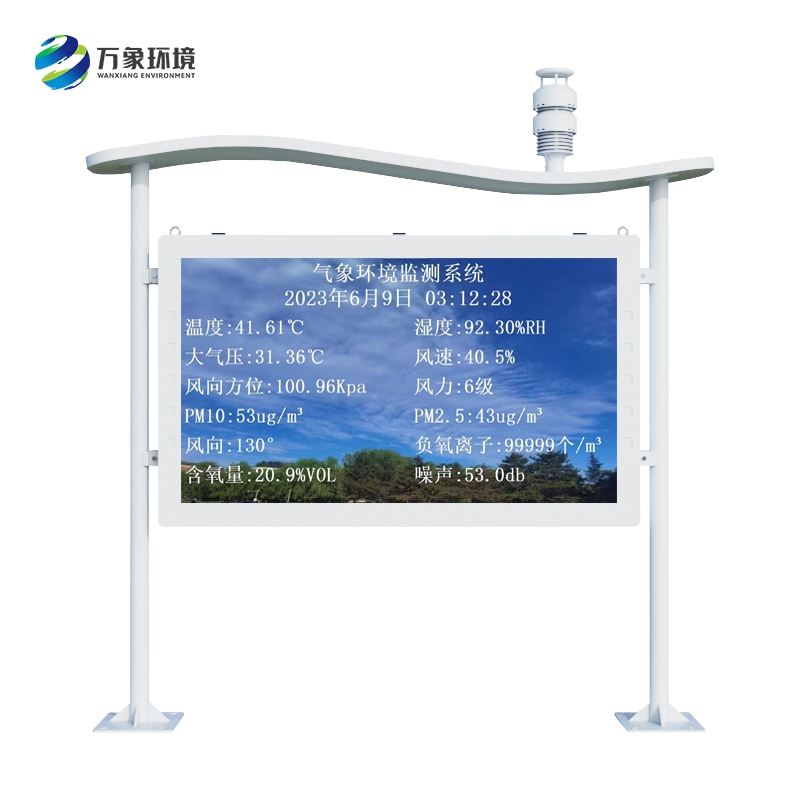
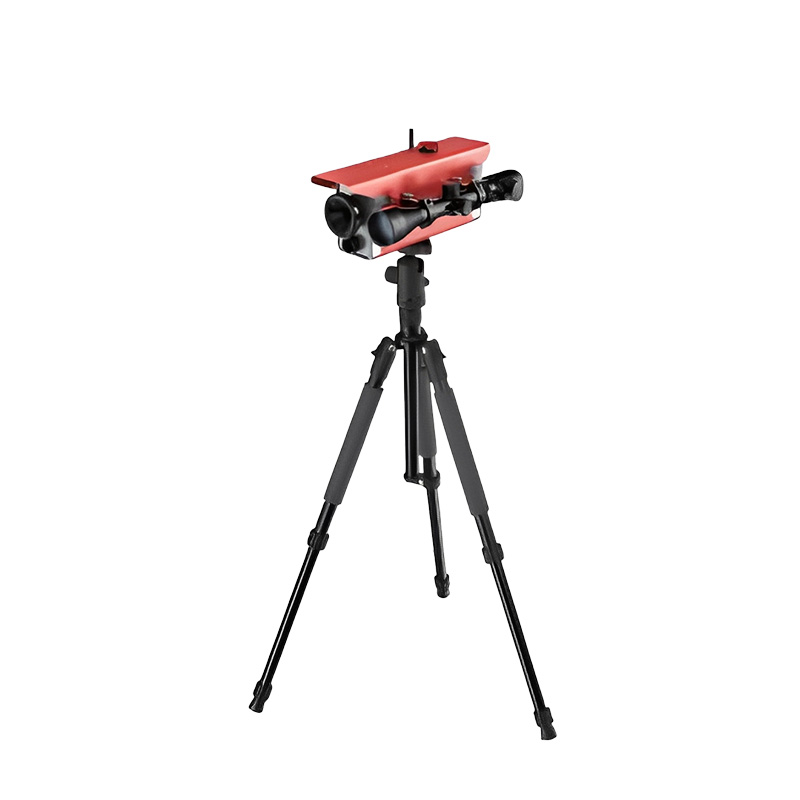
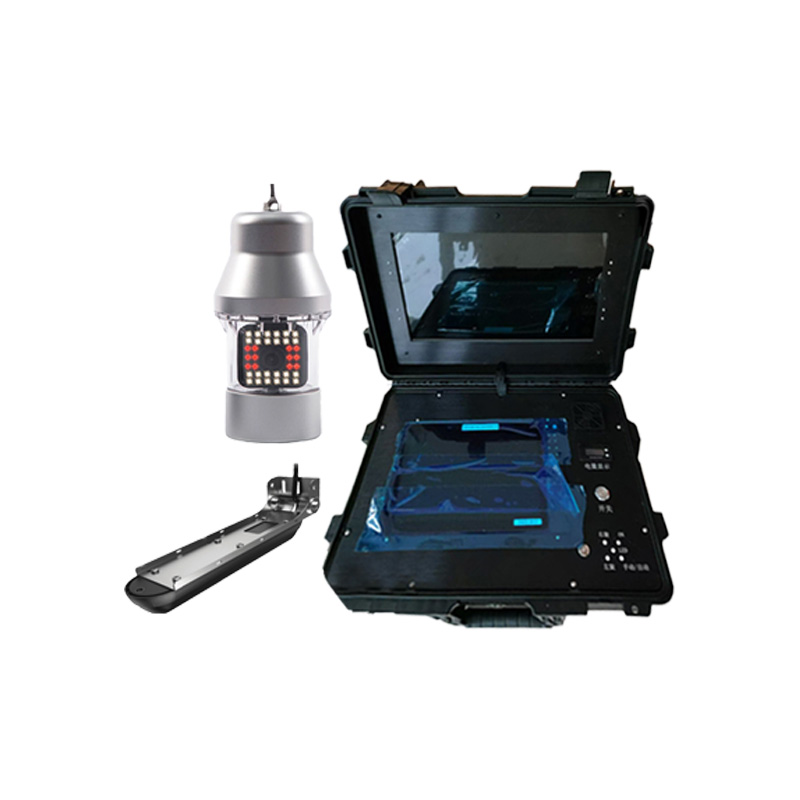
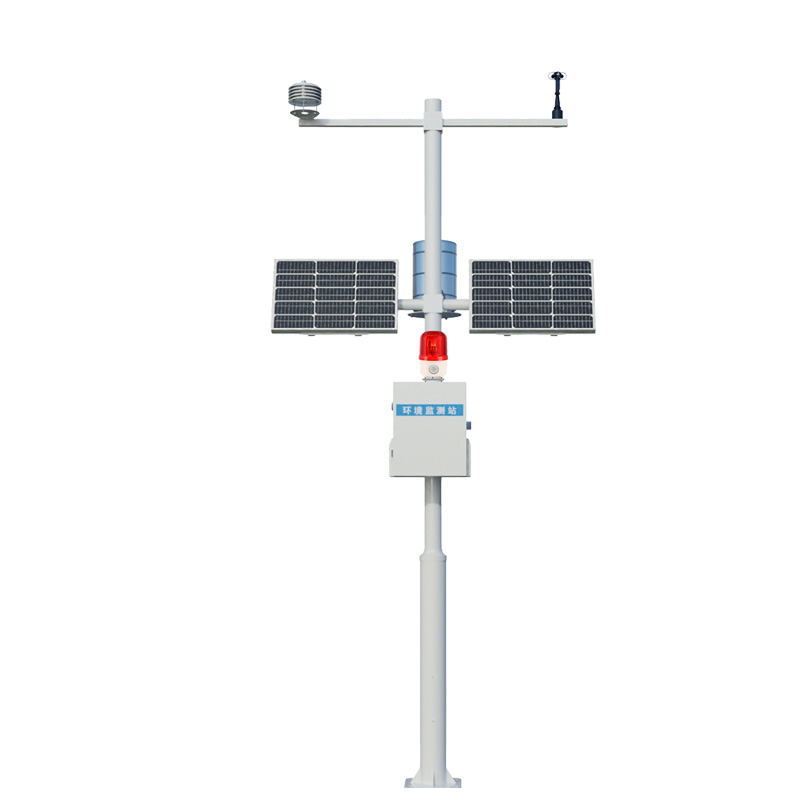
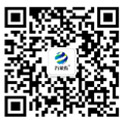

 Home
Home phone
phone Product Overview
Product Overview Contact Us
Contact Us